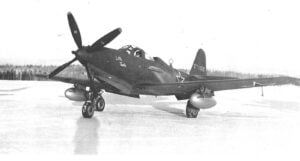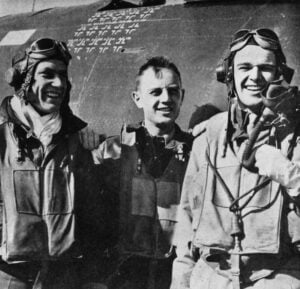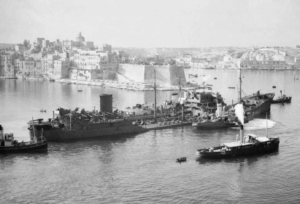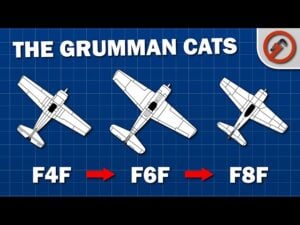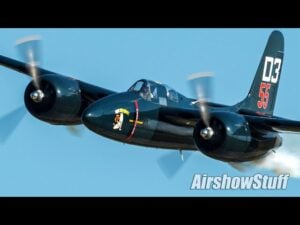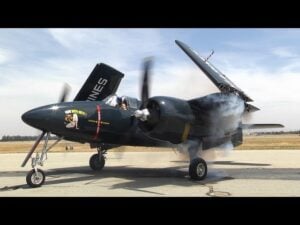How Japan’s Secret WWII Bomber Drew Inspiration From the B-17
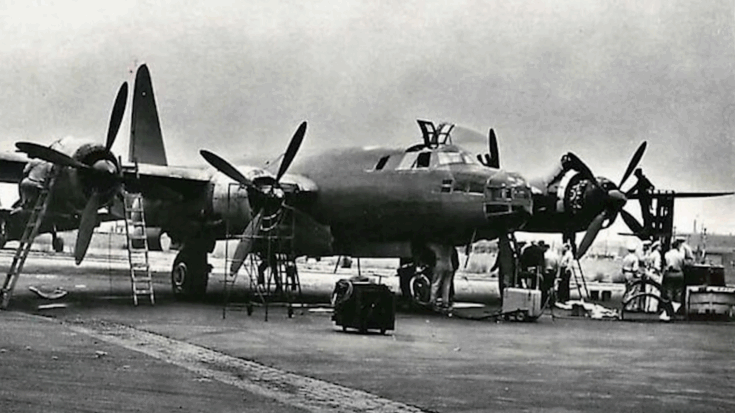
History Cockpit / YouTube
An Ambitious Project Takes Flight
Toward the end of World War II, Japan began working on one of its most advanced bomber designs—the Nakajima G8N Renzan. Developed by the Imperial Japanese Navy, the G8N was a four-engine, long-range bomber, a first for Japan. It stood out for its size and was partly inspired by American aircraft like the Douglas DC-4E and captured Boeing B-17 Flying Fortresses. The G8N’s design aimed to match the strength and reach of these American planes, marking a major step in Japan’s bomber development.
Japan had previously used twin-engine bombers such as the Mitsubishi G3M and G4M with some success, including the sinking of British ships early in the war. But as the war shifted, Japan needed a bomber with greater range and power. Initially, they tried upgrading their twin-engine models but soon realized that to compete with American bombers, they would need four-engine aircraft capable of flying long distances and carrying large bomb loads.
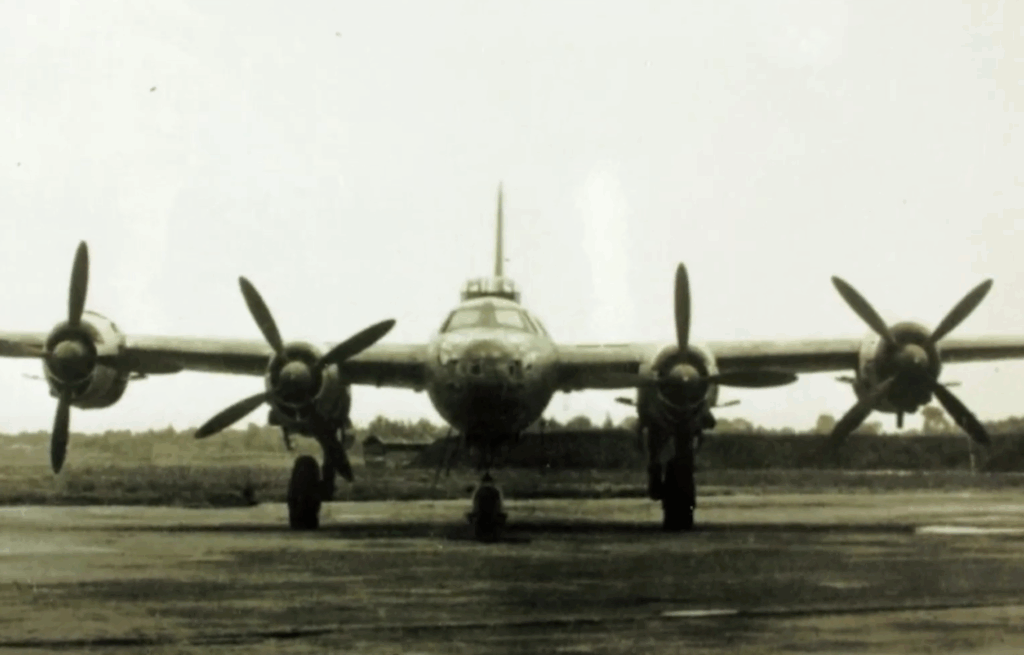
Reverse Engineering American Ideas
Although Japan lacked experience in building four-engine bombers, they had an American DC-4E airliner purchased in 1939, originally meant for commercial use. Instead, Japan handed it to Nakajima Aircraft Company to study. Using this airframe, they developed the G5N Shinzan, a massive bomber that was the first step toward the G8N. However, the G5N was too heavy and its engines too weak. It was eventually turned into a transport aircraft, while Japan continued seeking a better solution.
Things changed after Japan captured several B-17 bombers in Southeast Asia in 1942. These aircraft provided valuable information on American engineering. Armed with this knowledge, Japan issued new requirements in September 1943 for a long-range, high-speed bomber. They wanted an aircraft that could fly 4,639 miles, carry 8,816 pounds of bombs, and reach an altitude of over 26,000 feet in just 20 minutes—all while being protected by heavy defensive guns.
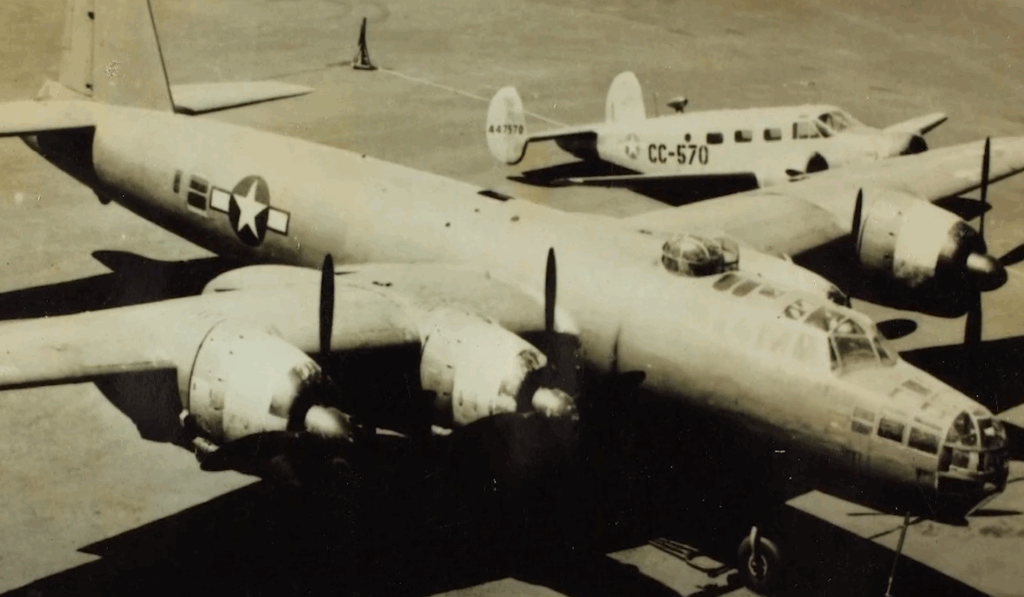
The Birth of the G8N Renzan
Nakajima began designing the G8N Renzan, also known to the Allies as “Rita.” It would have ten crew members, strong defensive armament, and powerful new engines. To meet production goals, it was built using thick metal panels to speed up assembly. At 75 feet long and weighing around 38,000 pounds empty, the G8N was lighter than its predecessor but had a higher takeoff weight, showing improvements in design and performance.
The G8N featured a new mid-mounted wing design with aerodynamic improvements. Most important was its upgraded power system—four Nakajima NK9K-L Homare 24 engines, each producing 2,000 horsepower, and supported by advanced turbo-superchargers. These engines gave it a top speed of 368 mph and allowed it to fly higher and farther than previous Japanese bombers. It could reach 26,245 feet in under 18 minutes and had a maximum range of 4,639 miles.
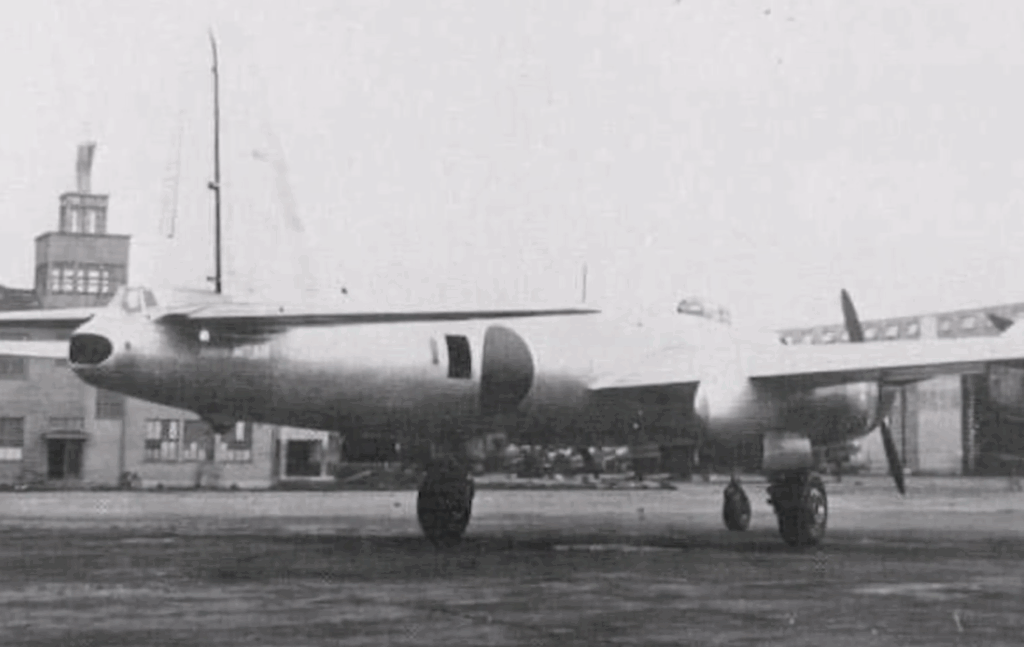
Flight Tests and Wartime Pressure
The first G8N was completed in October 1944 and flew for the first time on October 23. Testing went fairly smoothly aside from minor issues with the turbo system. Three more units were completed in the months following, but Japan’s worsening position in the war meant the bomber would not reach full production. Resources were drying up. Aluminum and other light metals were in short supply, and factory bombings by American B-29s made large-scale aircraft manufacturing nearly impossible.
By mid-1945, Japan no longer had the time or materials to mass-produce offensive bombers like the G8N. Defensive aircraft were given priority, and even experimental ideas—like turning the G8N into a mothership for rocket-powered OKA aircraft or building steel-frame versions—were dropped. The bomber, which had once symbolized hope for Japan’s long-range air power, faded into history before it could change the war’s outcome.














